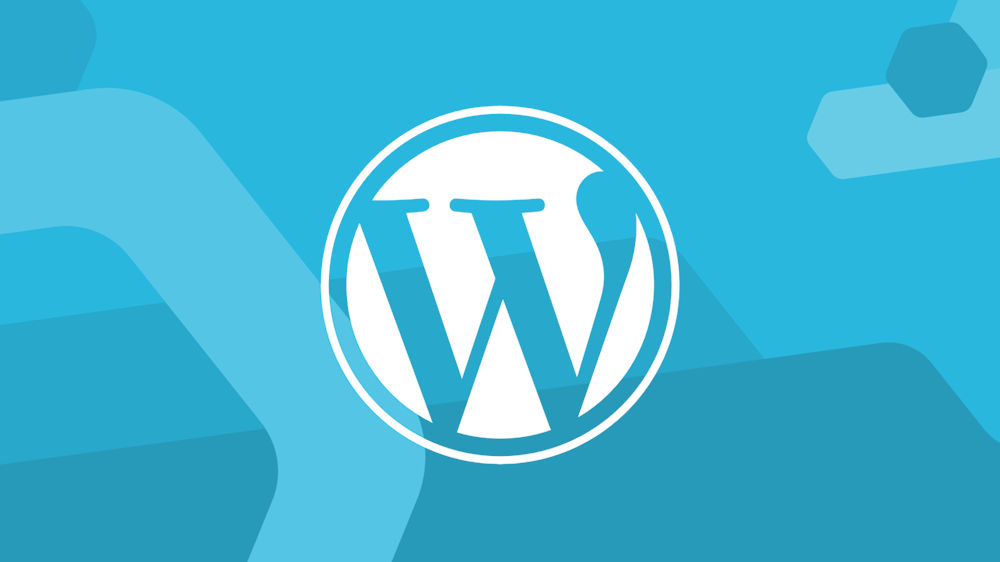DELLTXT was built on a WordPress flatform.
What is WordPress? So, you’ve probably heard of WordPress. But what exactly is it? In simple terms, WordPress is a platform that lets you create websites — no coding required. If you’ve been dreaming of starting a blog or building your own online portfolio, WordPress is a great place to start. You don’t need to be a tech genius to set it up. Seriously. It’s like the user-friendly, no-fuss option for people who want a website without all the complicated stuff. I remember feeling totally lost when I first started. It seemed like a lot to take in, but once you start clicking around, it all makes sense!
Why choose WordPress? There are tons of website builders out there, but I’ll tell you why WordPress is my top choice:
It’s free! Yep, the platform itself is totally free to use. Of course, you’ll need hosting (I recommend checking out Bluehost, which is super beginner-friendly), but WordPress doesn’t charge you for the privilege of using their software.
Flexibility is key. Whether you want to start a blog, launch an online store, or make a personal website, WordPress can handle all that. It’s like the one-size-fits-all solution.

You don’t need to know coding. No coding experience? No problem! WordPress makes it so easy to build and customize your site with just a few clicks. I’ve learned to make a lot of changes without touching a line of code—and you can too.
There’s a huge community. If you ever get stuck (and trust me, you will), there are thousands of tutorials, forums, and guides to help you out. It’s like having a big safety net.
How to set up your WordPress site. Okay, let’s get down to business! When I first set up my WordPress site, I remember feeling a little overwhelmed. But the good news is, getting started is actually pretty easy. Here’s how:
Step 1. Choose your domain and hosting provider. Before you can start creating, you’ll need a domain name (like yourwebsite.com) and a hosting provider (this is where your site “lives” on the internet). For beginners, I recommend a hosting provider like Bluehost, SiteGround, or HostGator because they offer one-click WordPress installs.
Step 2. Install WordPress. Once you’ve signed up with a host, you can install WordPress with a single click. Yes, really. Most hosts make this part incredibly simple, so don’t stress.
Step 3. Pick a theme. Your theme controls how your site looks. WordPress has a ton of free themes to choose from (and you can always upgrade to a premium one later). Don’t overthink this part—just pick something that feels right for your style.
Step 4. Customize your site. This is where the fun begins! You can upload your logo, change colors, and set up your navigation. It’s like customizing your room but for the internet. If you get stuck, there are tutorials out there to help you, so don’t worry.
Step 5. Start adding content. The best part: creating content. Whether you’re starting a blog, showcasing your photography, or launching a business, you can easily add posts and pages to your site. The WordPress block editor is super intuitive, so it’s like writing a Word document with a bit more flexibility.
Must-know tips for beginners
Use plugins—but don’t overdo it! Plugins add extra features to your site (think contact forms, SEO tools, etc.), and trust me, they’re awesome. But be careful not to overload your site with too many—it can slow things down. When I first started, I went a little plugin crazy, but eventually, I figured out which ones were actually useful. Some must-have plugins I recommend include Yoast SEO (for search engine optimization) and Contact Form 7.
Keep it simple at first. You don’t need a fancy site to get started. Focus on a homepage, About page, and Contact page. As you get more comfortable, you can add more features. Trying to add too much too soon can be overwhelming—just take it one step at a time.
Backups are a lifesaver. Accidents happen—like when I accidentally deleted my homepage (don’t ask). That’s why having regular backups is crucial. You can install a plugin like UpdraftPlus to make backups super easy, so you don’t have to worry about losing everything.
SEO is your friend. SEO (Search Engine Optimization) helps people find your website on Google, and it’s not as complicated as it sounds. Learning a few basic SEO practices, like using proper titles and meta descriptions, can make a huge difference in getting your content seen by more people.
You’ll make mistakes, and that’s okay! I can’t tell you how many times I thought I messed something up, only to realize it was an easy fix. WordPress is all about trial and error. The more you play around with it, the easier it gets. Seriously, don’t be afraid to experiment!
